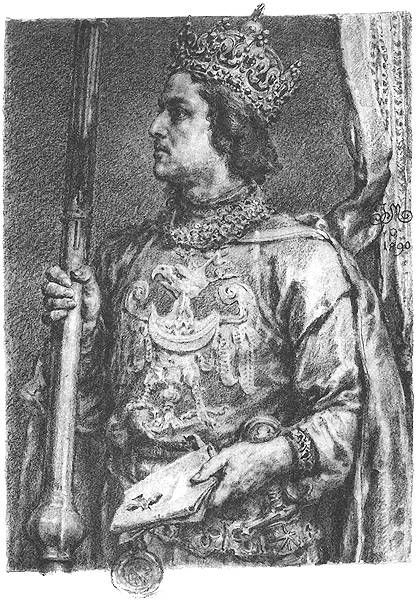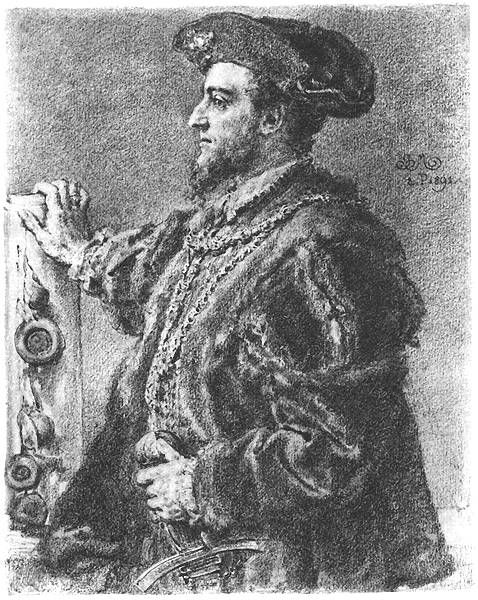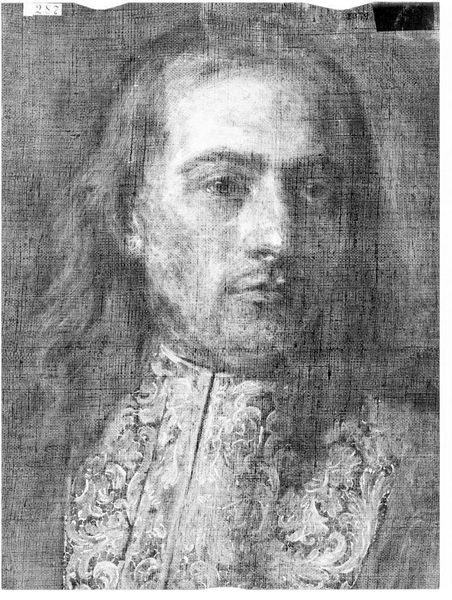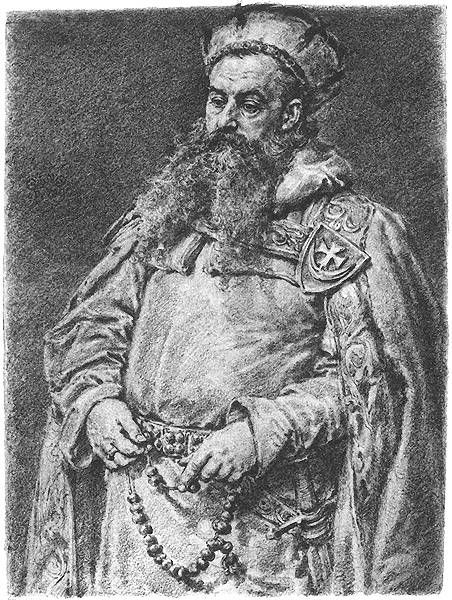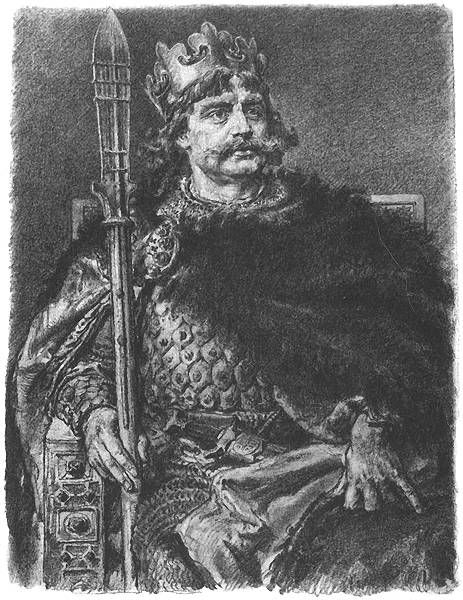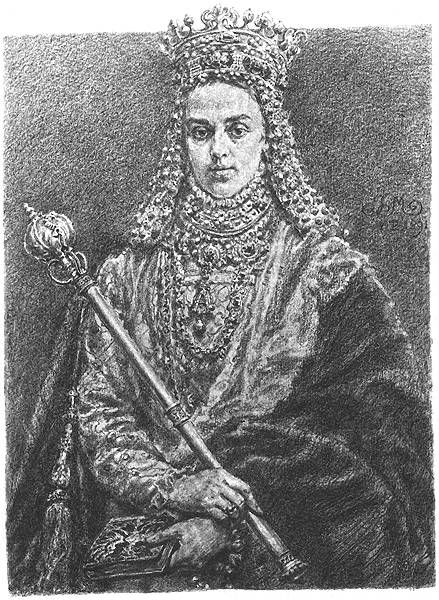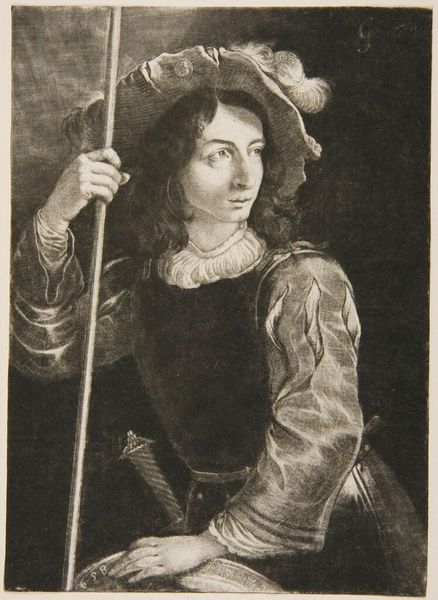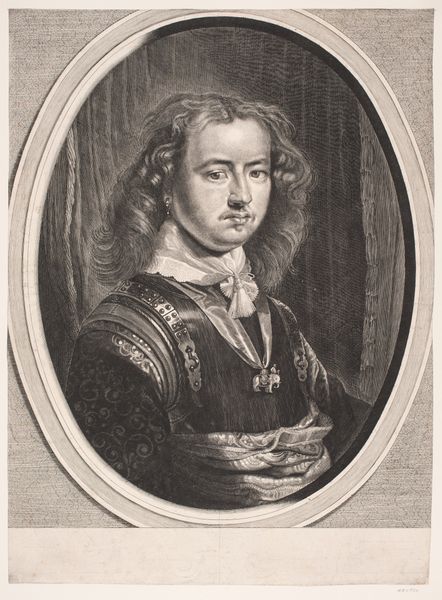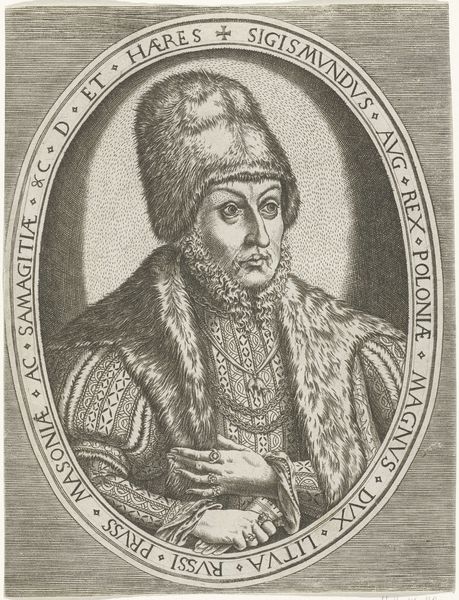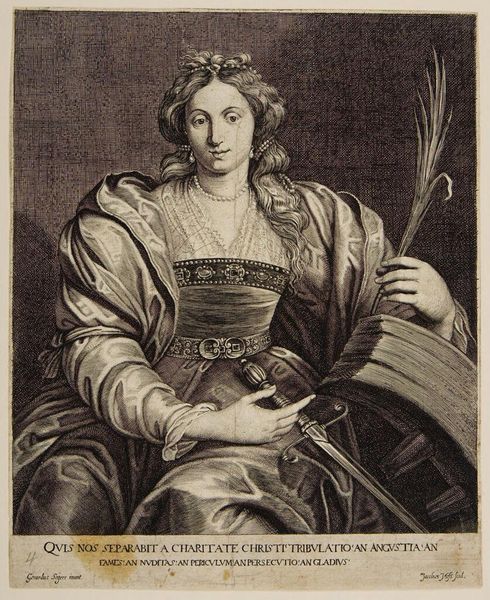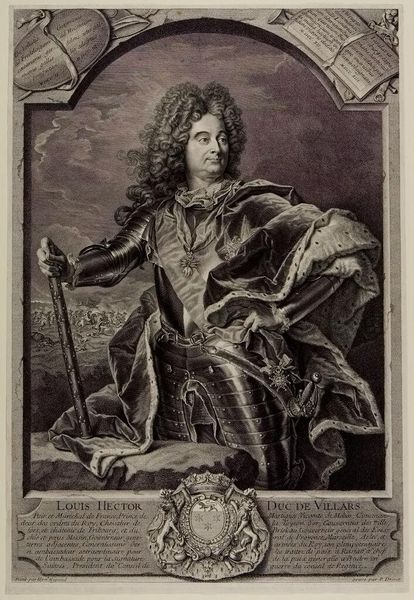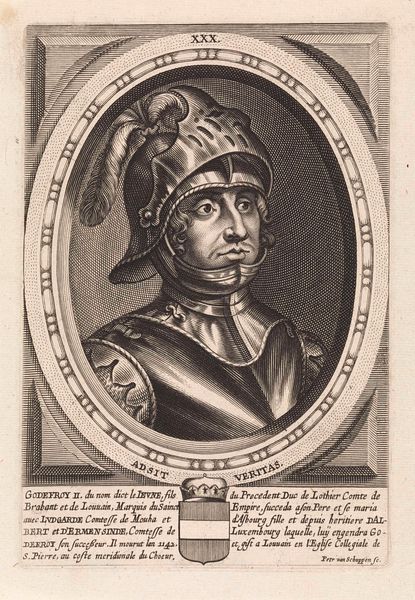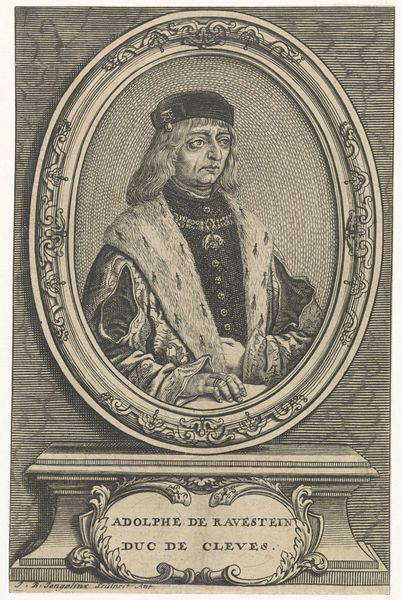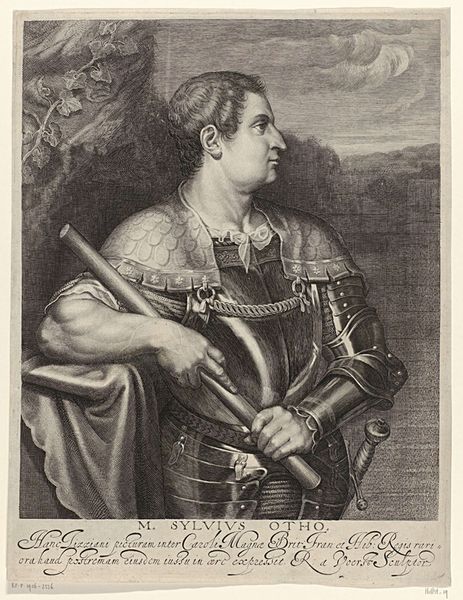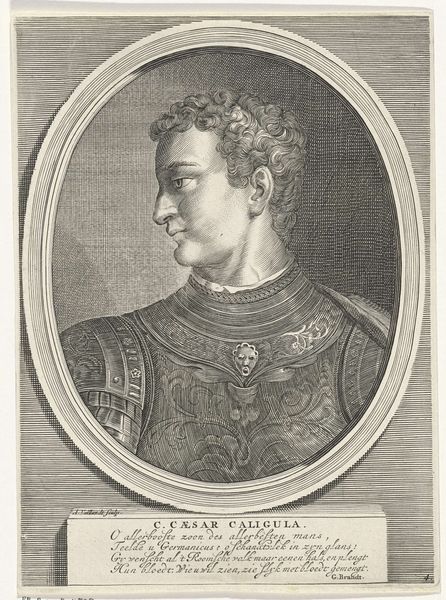
drawing, graphite
#
portrait
#
drawing
#
charcoal drawing
#
11_renaissance
#
portrait reference
#
famous-people
#
male-portraits
#
graphite
#
portrait drawing
#
history-painting
Copyright: Public domain
Curator: We are looking at Jan Matejko's "Jan Olbracht," created in 1891. The artwork, executed in graphite and charcoal, is a striking portrait drawing. Editor: It has such an intense, almost brooding presence. The texture achieved with the charcoal and graphite gives the impression of fur, depth, and even a hint of melancholy. Curator: Indeed, Matejko’s choice of medium speaks volumes. The use of graphite and charcoal allows for a range of tones, mirroring the era of significant industrial developments that provided accessibility and scalability of these materials as important social records. His skillful handling conveys a sense of raw immediacy while reflecting on historical and contemporary themes. Editor: Consider the figure’s pose: one hand is visible with his thumb resting on what is clearly the handle of his sword. It creates a visual tension with the figure and his stance as a protector, one not willing to surrender. The hatching and cross-hatching generate an intricate play of light and shadow which add dimension to the textures and overall composition of the portrait. Curator: From a historical context, the sword acts as a symbol of authority and power during Olbracht's reign as King of Poland. We can draw interesting links between the symbolic value of that piece of metalwork in the hand and broader networks of production, trade, and consumption of prestige objects throughout the Polish Renaissance. The clothing also gives clues about class, labor, and position. Editor: It’s fascinating how Matejko guides our eye. I keep returning to Olbracht’s gaze –direct, engaging and rather penetrating. Curator: The materiality combined with representation creates tension here; through line and shading the artist makes a statement about national identity by connecting history to the social and economic conditions of his time. Editor: And it is precisely within the lines, in the gradations of tone, that we begin to discern so much character of Matejko's historical representation. A remarkable dialogue between form and history. Curator: An exchange through the hand of the artist who masterfully employs tools to not only form likeness but reveal broader societal dimensions. Editor: Quite right.
Comments
No comments
Be the first to comment and join the conversation on the ultimate creative platform.
